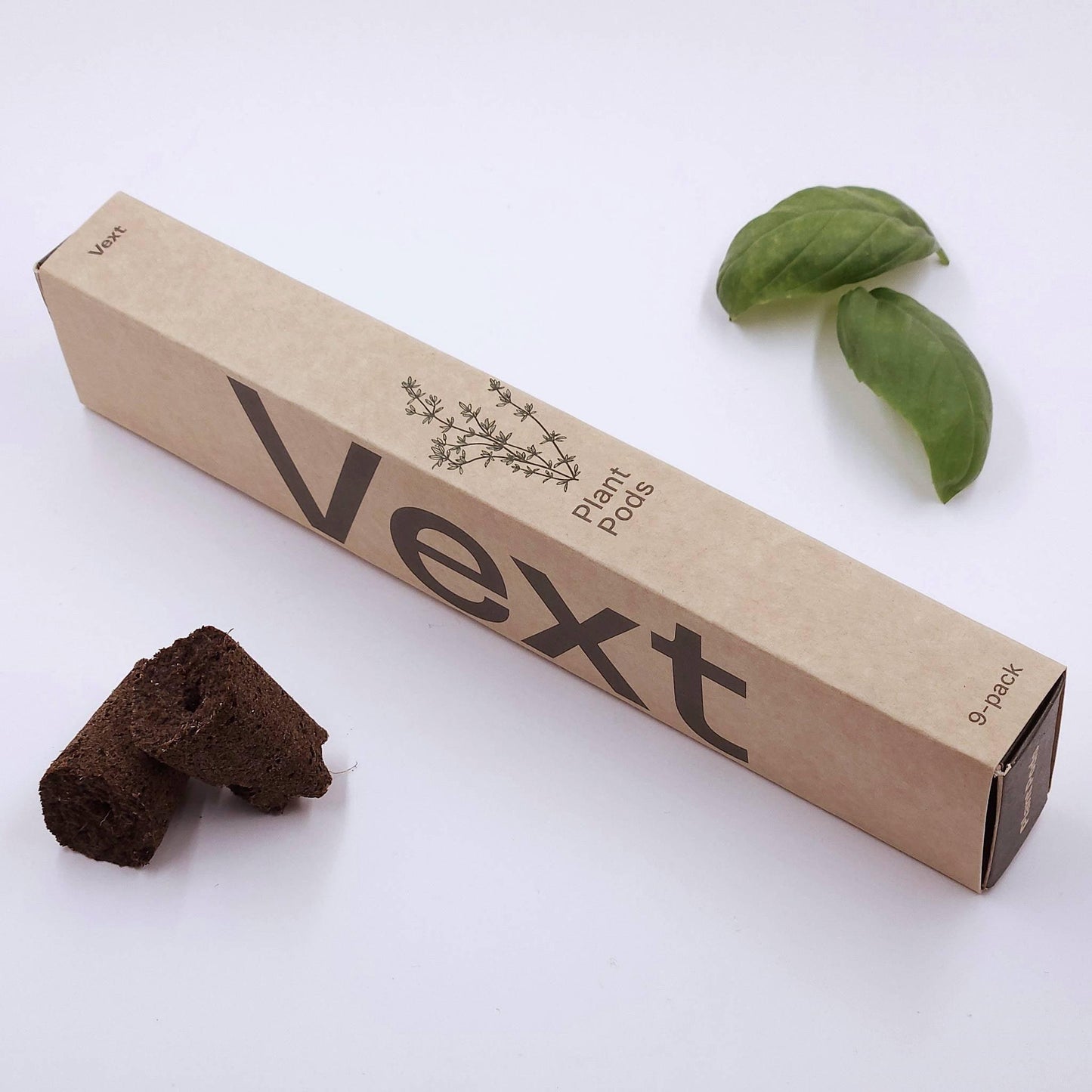Why Are My Plant Leaves Turning Yellow?

If your plant's leaves are turning yellow, it may indicate an issue with its health. This color change can stem from various factors, but the reassuring news is that many of these can be addressed. Recognizing the typical reasons behind yellowing leaves allows you to take effective measures to restore your plant's lively appearance. We'll look into the potential issues affecting your plants and discuss ways to remedy the situation.
Poor Drainage or Incorrect Watering Techniques
When a plant experiences issues with drainage or watering, it may show symptoms like yellowing, brown leaf tips, or paleness. The lower leaves are likely to yellow first due to nutrient deficiencies caused by overwatering or drought. If the roots are compromised, photosynthesis is affected, leading to chlorosis. To establish an appropriate watering routine, checking the soil moisture is beneficial.
For container plants, it’s advisable to water only when the potting soil is dry, and using a finger test can help assess moisture levels. To enhance drainage, mixing garden soil with earthworm castings can improve aeration and nutrient levels, or ensuring sufficient drainage holes in pots is important. For potted plants, opting for quality potting soil designed for containers can prevent root compaction, while adjusting the soil pH helps keep nutrients accessible. With proper care, plants can flourish, showcasing vibrant and healthy green foliage instead of yellow leaves.
Root Damage and Compaction Issues
Signs of root damage due to soil compaction include yellow and pale leaves, particularly on the lower parts of the plant. Compacted roots struggle to absorb water and nutrients, leading to poor photosynthesis and less vibrant green foliage. When roots are affected, plants may also experience nutrient deficiencies, resulting in health issues and stunted growth.
To address root damage and reduce soil compaction, it's important to enhance garden soil by incorporating organic materials like earthworm castings. This enriches potting soil with nutrients and improves drainage. Regularly aerating the soil and maintaining proper watering is important; both overwatering and drought can worsen compacted roots. For container plants, selecting a larger pot can help prevent root compaction. Ensuring adequate light conditions, while avoiding excessive or insufficient sunlight, allows plants to thrive and maintain their bright and healthy look.
Using high-quality plant foods can also support overall plant health and prevent chlorosis.
Unsuitable Soil pH Levels
Unsuitable soil pH levels can cause plant stress, making it hard for plants to absorb necessary nutrients. When soil pH is too high or too low, problems like nutrient deficiencies arise, leading to yellow leaves and pale leaves, particularly in lower leaves. The plant roots struggle to take up important nutrients, causing chlorosis, where leaves turn yellow instead of staying bright and healthy. Testing soil pH can be done with a simple kit found at garden centers.
If adjustments are needed, it’s important to use suitable amendments, such as earthworm castings, that will bring the pH closer to the ideal range for the specific plants grown, whether in garden soil or potting soil. Signs of distress from unsuitable pH include yellowing leaves, drops in photosynthesis efficiency, and stunted growth.
Whether from drought or too much sunlight—like overwatering or lack of sunlight—healthy plants require a balance of all elements, including proper pH, to thrive and produce those vibrant greenleaves. Regular input of premium plant foods can help restore color and vitality.
Deficiency of Essential Nutrients
Signs of nutrient deficiencies in plants often show as yellow leaves, with older leaves turning first. Symptoms such as pale leaves and chlorosis indicate the plant struggles to perform photosynthesis. If plants lack proper nutrients, their growth may slow down, leading to compact roots and weak, wilting foliage. Overwatering or drought can also contribute to this issue; when soil pH is not balanced, plant roots cannot absorb needed nutrients from the soil.
Garden soil that lacks organic matter, such as earthworm castings, may not support healthy plant roots. Quality plant foods can improve nutrient availability, ensuring bright and healthy plants. For container plants, choosing high-quality potting soil can help maintain moisture without causing root damage. It's important to observe light conditions, as too much sunlight or lack of sunlight can lead to stress and further yellowing of leaves.
By regularly testing soil pH and providing the right plant food, yellowing leaves can returnto a vibrant green, signaling a healthy recovery.
What if I can't get my green thumb to wake up?
Consider a smart indoor garden cabinet like Vext as an alternative to traditional indoor gardening. Vext offers an automated solution that simplifies plant care, optimizing light, water, and nutrients to keep your plants thriving year-round. With its built-in LED lights, Vext ensures that your herbs, fruits, and leafy greens flourish in any room, regardless of the season.
Maintenance is a breeze with Vext, requiring water refills only every 2-4 weeks and nutrient top-ups every 3 months, guided by reminders in the Vext app. Its patent-pending fog watering system accelerates growth, allowing you to harvest fresh, nutrient-rich produce in just 4-6 weeks. Beyond convenience, Vext’s eco-friendly design helps reduce single-use packaging and food waste, making it a smart and sustainable choice for enhancing your living space with greenery.










